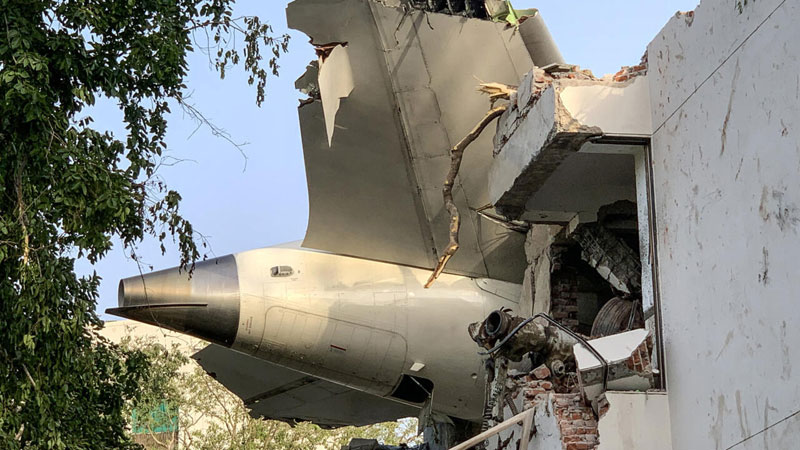Key Findings from the Preliminary Investigation into the Air India Crash
A recent preliminary investigation report has revealed critical details about the crash of an Air India flight that took place on June 12, resulting in the tragic loss of 260 lives. The Boeing 787-8 Dreamliner, en route from Ahmedabad to London, was involved in a catastrophic incident shortly after takeoff. According to the findings, fuel control switches for both engines were moved from the “run” to the “cutoff” position just before the plane crashed.
The report, released by India’s Aircraft Accident Investigation Bureau (AAIB), did not assign blame or provide definitive conclusions but outlined significant events leading up to the disaster. It stated that once the aircraft reached its maximum recorded speed, the fuel cutoff switches for Engine 1 and Engine 2 transitioned from “RUN” to “CUTOFF” with a one-second gap between them. This detail raises questions about the actions taken by the pilots during the critical moments before the crash.
In the cockpit voice recording, one pilot questioned the other about cutting off the fuel, to which the second pilot responded that he had not done so. Despite this, the aircraft began to lose altitude rapidly. The switches then returned to the “RUN” position, and the engines seemed to regain power. However, one of the pilots transmitted a distress call, “MAYDAY MAYDAY MAYDAY,” indicating an emergency.
Air traffic controllers attempted to communicate with the pilots, but they lost contact as the plane crashed. Civil aviation minister Ram Mohan Naidu Kinjarapu emphasized that the investigation was being conducted in a mature and transparent manner, urging patience for the final report.
Specialist website The Air Current reported that investigators have focused on the movement of the engine fuel switches, noting that full analysis could take months or longer. The report also mentioned that the focus of the investigation might shift during this time.
The US Federal Aviation Administration issued an information bulletin in 2018 regarding the potential disengagement of the fuel control switch locking feature. Although it was not considered an unsafe condition, Air India informed investigators that they did not conduct the suggested inspections because they were advisory rather than mandatory.
The AAIB stated that there were no recommended actions for B787-8 and/or GE GEnx-1B engine operators and manufacturers, suggesting no technical issues with the engines or the aircraft. The investigation is ongoing, with additional evidence sought from stakeholders.
Boeing expressed its commitment to supporting the investigation and its customer, while Air India stated it was working closely with regulators and other authorities. The UN’s International Civil Aviation Organization (ICAO) mandates that states heading an investigation submit a preliminary report within 30 days of an accident. US and British air accident investigators have participated in the probe.
Families of the victims continue to seek answers and closure. Suresh Mistry, who lost his daughter Kinal, expressed frustration over the lack of clarity. Similarly, Imtiyaz Ali, who lost his brother, wife, and children, felt the preliminary report offered little progress.
The plane carried 230 passengers, including 169 Indians, 53 British, seven Portuguese, and a Canadian, along with 12 crew members. Dozens of people on the ground were injured, and one passenger miraculously survived. Health officials initially reported at least 279 deaths, but this number was later revised after identifying scattered remains.
As the investigation continues, the aviation community awaits further insights to ensure such tragedies are prevented in the future.







